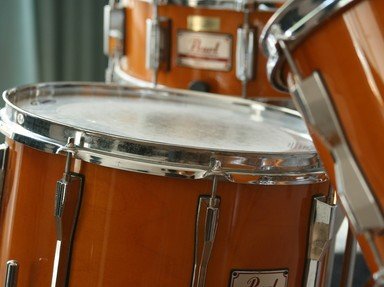Quiz Answer Key and Fun Facts
1. A carillon is a musical instrument composed of at least 23 cup-shaped bells. If fewer than 23 bells are present, the resulting instrument is called a:
2. The carillon is played from a keyboard; the player uses fists and feet to sound the bells. This player is most commonly known by what name?
3. The carillon originated in the twelfth century, in the Low Countries; the creators sought a way to use bells to accomplish what goal?
4. Crucial to the development of the carillon was the discovery of a method of reliably doing what?
5. Because an agreed-upon signal could be made known throughout the countryside, carillons were often used in medieval times to do what?
6. A carillon's musical range is determined by the number of bells it contains. The range of a standard piano is 88 notes; a carillon having a range of at least 47 bells (notes) is called what?
7. The weight of a carillon is the total weight of its component bells. The largest carillon bell at the turn of the Millennium was in New York's Riverside Church; its weight and diameter were about:
8. Composers of carillon music face certain special challenges. Which of these is correct?
9. The sound of some carillon bells can be approximated electronically. The organization GCNA permits instruments using up to twelve of these "fake bells" to be called carillons, only if a qualifying adjective is used; what is it?
10. The greatest numbers of carillons, at the beginning of the 21st century, were found in which of these nations?
Source: Author
Gheelnory
This quiz was reviewed by FunTrivia editor
CellarDoor before going online.
Any errors found in FunTrivia content are routinely corrected through our feedback system.
